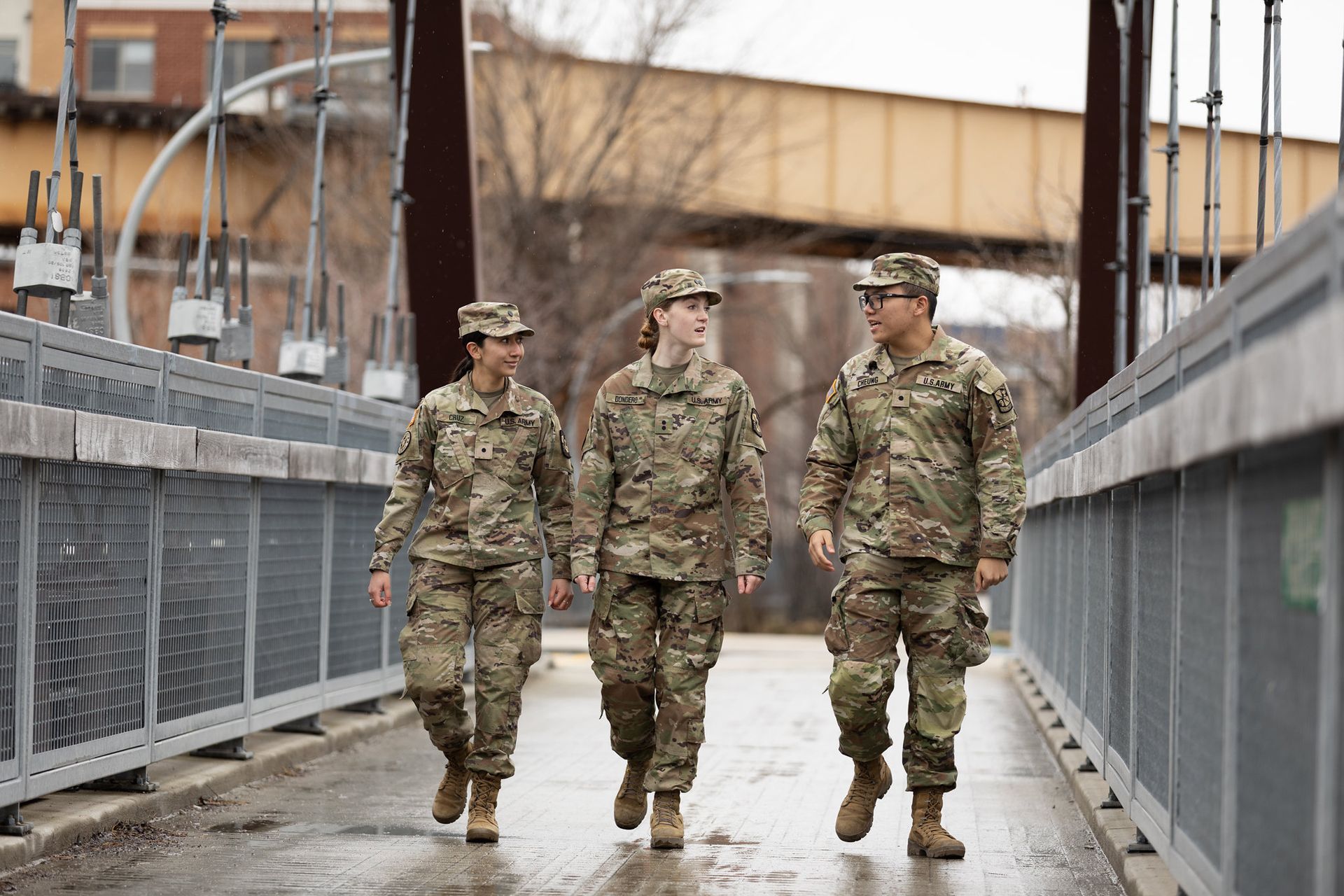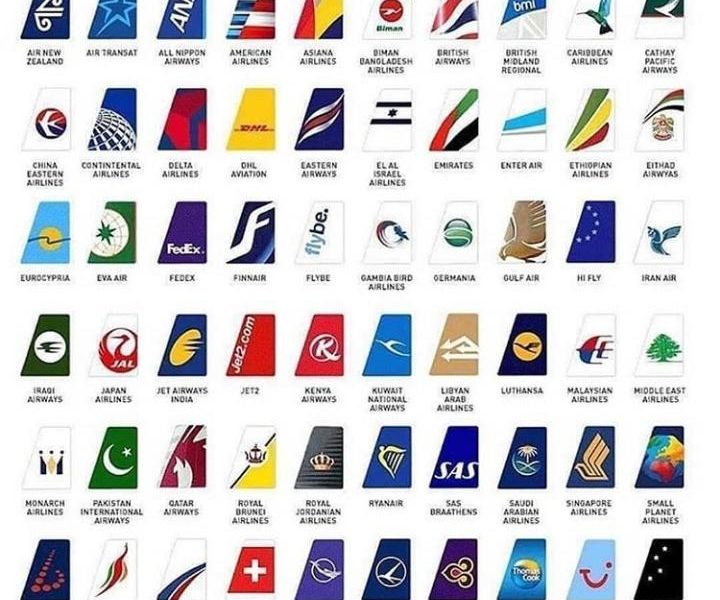Ever see troops helping after a hurricane, sandbagging a flooding river, or supporting communities in crisis? Chances are, you’re looking at the US National Guard. They’re a unique fixture in American life and defense, but how exactly do they work? Let’s cut through the jargon and get straight to the point.
More Than Weekend Warriors: The Core Identity
Think of the US National Guard as America’s original citizen-soldier force. It’s not the active-duty Army, Navy, Air Force, or Marines. Instead, it’s composed primarily of your neighbors – people who hold regular civilian jobs or attend school most of the time, while dedicating one weekend a month plus a few weeks annually to military training. There are two distinct components:
- Army National Guard: Ground forces, infantry, engineers, logistics, medical, etc.
- Air National Guard: Fighter wings, cargo aircraft, refueling tankers, cyber operations, space support, medical evacuation.
Their Unique Superpower: The Dual Mission
This is the US National Guard’s defining characteristic:
- State Mission (Most Common): The Governor is their primary commander here. When disaster strikes – wildfires, floods, blizzards, civil unrest, or search and rescue – the Governor activates the Guard. This is their “Title 32” status. They respond within their state (or sometimes neighboring states via agreements), providing crucial manpower, equipment, and expertise that often surpasses civilian capabilities. They are deployed to save lives, protect property, and maintain order at home.
- Federal Mission: The President of the United States can call the US National Guard into federal active duty (“Title 10” status). This transforms them, legally, into part of the national military. They can be deployed:
- Overseas: For combat operations (like in Iraq or Afghanistan), peacekeeping missions, or training allies.
- Within the US: For national emergencies requiring military support beyond state capacity, or to reinforce federal agencies (like supporting border security missions under federal orders).
How Deployment Actually Happens: Triggers and Orders
The deployment process depends entirely on who needs them and why:
- State Activation (Governor):
- Trigger: A state emergency declared by the Governor (natural disaster, civil disturbance, public health crisis).
- Order: The Governor issues an Executive Order activating specific Guard units. The Adjutant General (the senior Guard officer in the state) executes the mission.
- Funding: Primarily state funds, though federal reimbursement is common for major disasters.
- Authority: Guardsmen operate under state authority, often supporting state/local police and emergency services.
- Federal Activation (President):
- Trigger: A national security requirement, overseas contingency, or domestic emergency exceeding state capabilities.
- Order: The President (via the Secretary of Defense) mobilizes Guard units or individuals. This usually requires authorization from Congress for extended deployments.
- Funding: Entirely federal funds.
- Authority: Guardsmen fall under the command of the President (through the military chain of command), just like active-duty troops. Their mission is defined by national objectives.
Key Differences: Guard vs. Reserves vs. Active Duty
- Active Duty: Full-time military career. Always under federal command.
- Reserves (Army Reserve, Navy Reserve, etc.): Primarily federal force. Train part-time for federal missions. Can be called up by the President. Generally not the first call for governors during state emergencies (though exceptions exist).
- National Guard: Has the dual state/federal mission. The go-to force for governors during state emergencies. Also deployable federally. Each state/territory has its own Guard.
Why It Matters: The Guard’s Real-World Impact
The US National Guard isn’t just a backup force; it’s woven into the fabric of national and community resilience. One day, Guardsmen might be fighting wildfires in California. The next, they could be providing logistical support overseas. Or delivering vaccines during a pandemic. Or repairing critical infrastructure after a tornado. Their versatility and deep community roots make them indispensable.
They embody the idea of service close to home while standing ready for national calls. Understanding their dual mission and how they are deployed – whether by a governor protecting citizens or a president defending the nation – clarifies a vital part of America’s defense and disaster response structure. They are, quite literally, always on duty somewhere.



